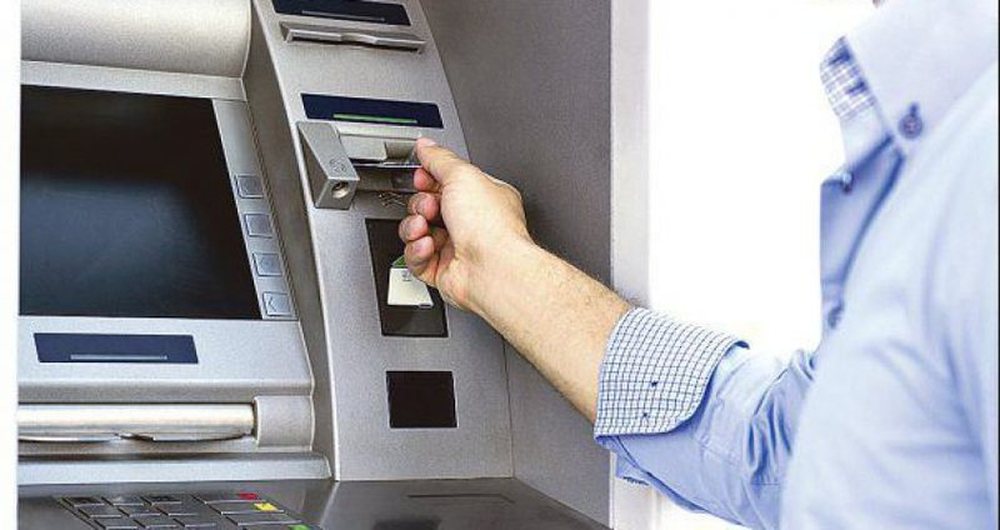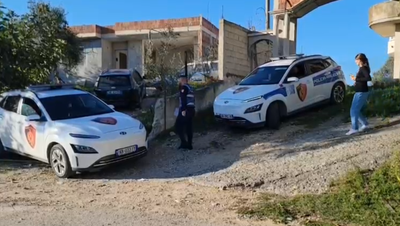
In 2024, the total number of automated teller machines (ATMs) in Albania is estimated to have been 1,011 and in the first quarter of 2025 this figure has increased to 1,064, reflecting a clear trend towards expanding access to banking services for citizens through improving the cash withdrawal and deposit infrastructure at the national level.
Most of these ATMs offer the basic function of cash withdrawal, with 925 of them focused on this service, but in parallel there is a significant increase in the provision of other more advanced services such as bank transfers offered by 294 ATMs and cash deposits that are possible in 396 of them, indicating an orientation of the banking sector towards modernization and diversification of services.
Alongside ATMs, POS terminals constitute an even more important part of the payment infrastructure in Albania, where in 2024 24,481 units were in operation and in the first quarter of 2025 this figure increased to 25,190, indicating a clear effort to promote the use of electronic payments in the country and reduce dependence on physical cash, especially at points of sale.
Tirana holds the leading position in both the number of ATMs with 586 units and POS terminals with 18,684 units, reflecting not only the concentration of population, but also its dominance in economic, financial and commercial activity at the national level. Meanwhile, cities such as Shkodra and Gjirokastra also display a high presence of ATMs with 119 and 126 units respectively, which can be explained by their importance as regional centers and tourist destinations.
On the other hand, Korça, Elbasan and Lushnja are presented with a lower number of ATMs, which implies a potential for further investments in banking infrastructure and the need for a more equitable distribution of financial services throughout the territory.
Focusing on comparative indicators, Albania has 40.11 ATMs per 100,000 inhabitants, a figure that is very close to the world average of 40.42, indicating that the country is in line with global standards in terms of access to basic payment infrastructure. However, countries in the region present higher indicators, with Serbia having 54.43 ATMs, North Macedonia 67.15, Bosnia and Herzegovina 62.72, and Montenegro 83.45 ATMs per 100,000 inhabitants. These figures suggest that these countries may have a more developed banking infrastructure, or may be more dependent on the use of physical money compared to Albania. Meanwhile, Kosovo with 41.81 stands close to Albania's level.
The European Union average is significantly higher with 61.49 ATMs per 100,000 inhabitants, which reflects a more consolidated banking system in the member states, but a more in-depth analysis of the most developed countries in Europe shows a clear trend towards reducing the use of physical cash and consequently the number of ATMs.
Countries like Sweden, Denmark, and the Netherlands are known for their minimal use of physical cash, and data shows that the number of ATMs in these countries has fallen significantly, reflecting a shift towards almost completely cashless societies, where citizens mainly use cards, mobile apps, and contactless payments for all their daily financial needs. Data from the World Bank shows a negative correlation between the development of a cashless society and the number of ATMs in these countries.
This trend is important because it shows that a high number of ATMs is not necessarily an indicator of a developed economy, but often reflects a continued dependence on physical cash, while countries that are leading the transition to a digital economy are focusing on developing POS terminals, improving electronic platforms, and building an infrastructure that makes the need for physical cash increasingly limited.
The data shows an inverse relationship between the development of electronic payments and the number of ATMs, where countries with a high orientation towards digital payments have less and less need for ATMs, signaling that the future of payments will no longer lie in the growth of physical devices but in providing flexible, secure and digitally accessible solutions.
For Albania, the main challenges for the future include reducing regional disparities in the distribution of payment infrastructure, increasing public awareness of the use of electronic payments, and further modernizing the financial system, following the models of developed countries that are moving towards a cashless economy.
An analysis conducted by "Scan Intel" also shows that Albania has great potential to benefit and save from reducing the use of physical cash, easing operational costs and improving the efficiency of the payment system as a whole.






















